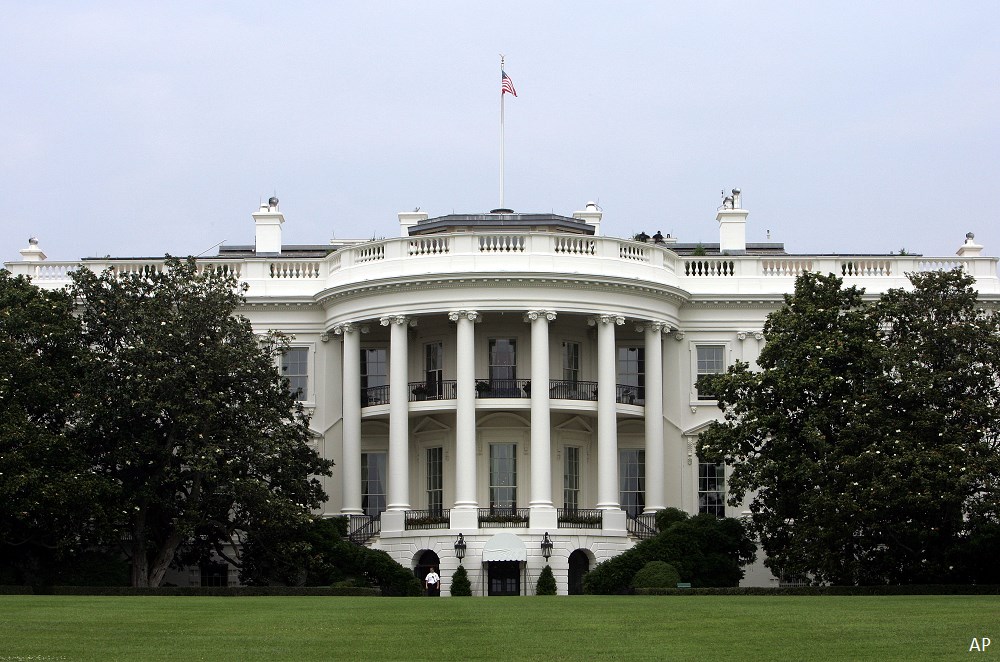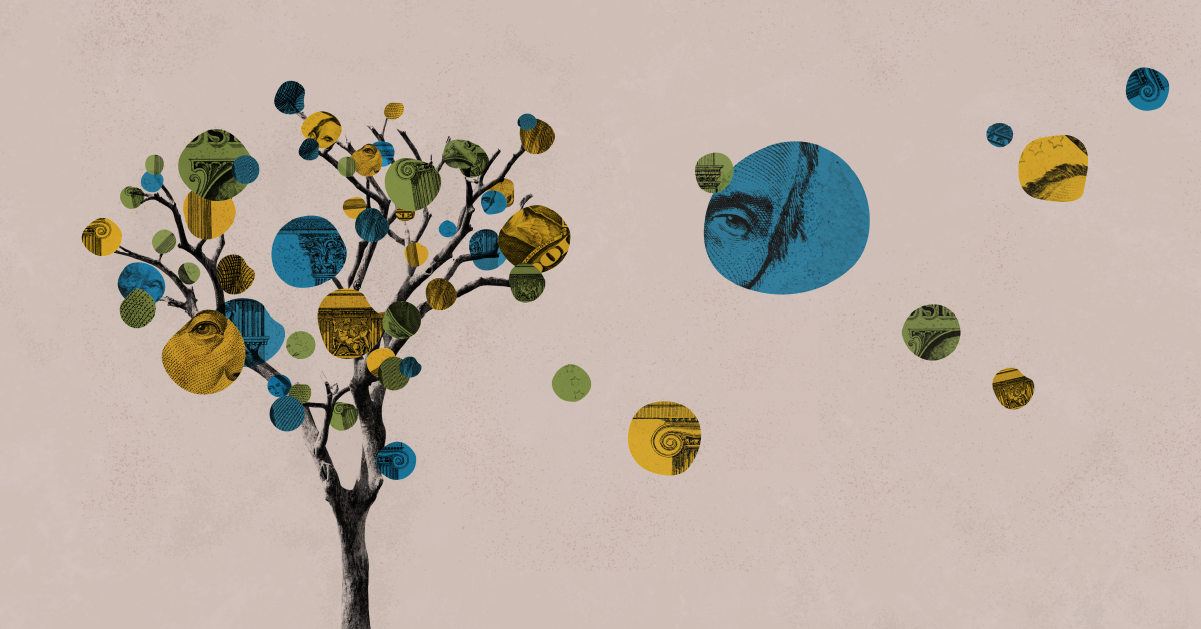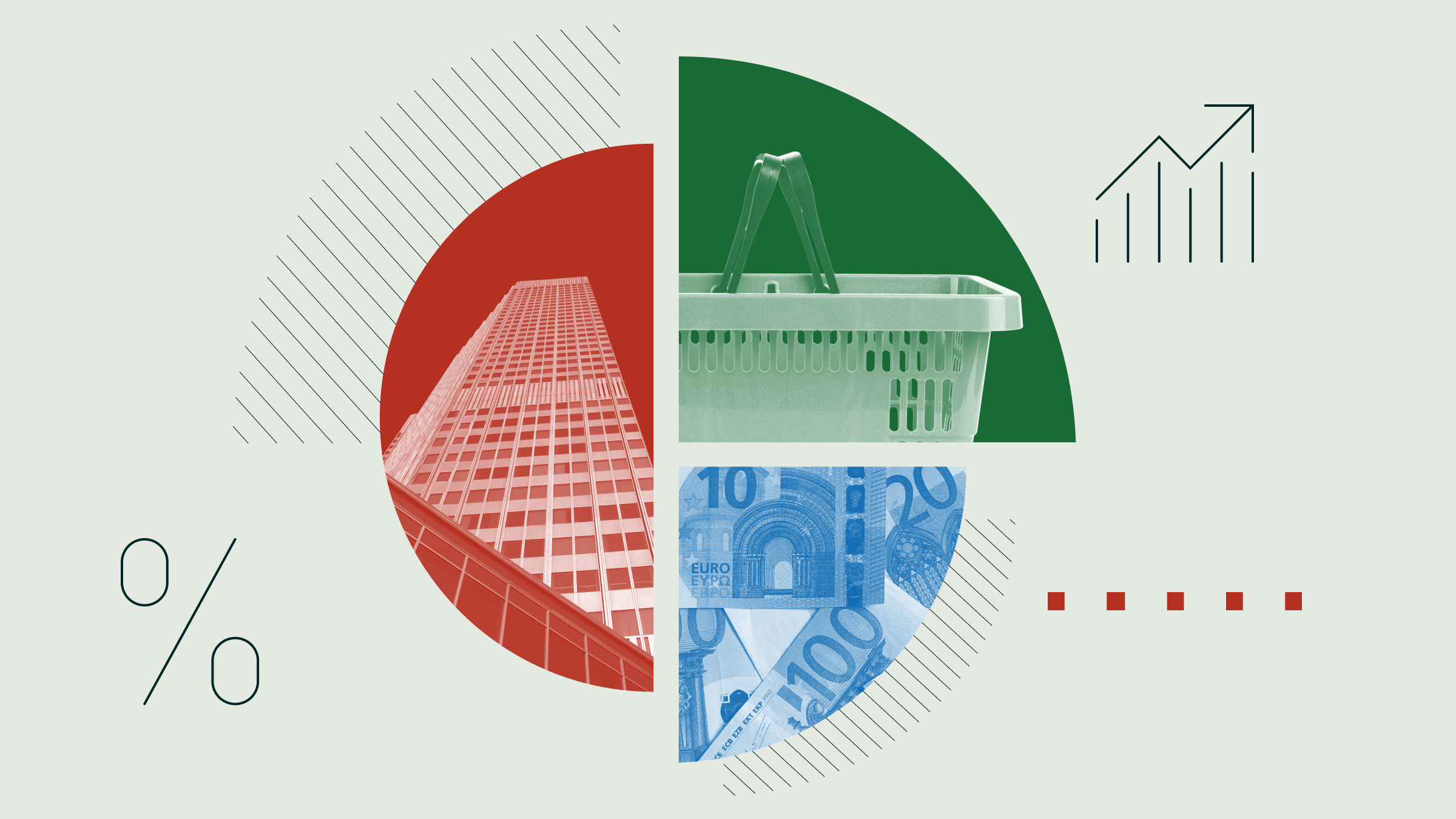
The US presidential election is coming up and with the way 2020 has turned out so far, the only certainty is that things are uncertain. The US election itself should not play any part in your investment strategy, but many investors will be thinking about how the result could affect their portfolio.
Shifting your portfolio to try and predict events is called market timing and it's usually a Bad Idea. Events are often dominated by emotions, with uncertainty leading to selling and then more selling. Panic sellers will probably wrongly predict peaks and troughs around Election Day, and if you join them, you could miss out on some gains.
At the same time, it’s hard to ignore what’s happening across the pond. So what’s the middle ground? Well for starters, back your investment decisions up with facts – and data.
The Boom’s Before the Election
“The stock market tends to decline in election years, starting in September into late October in election years. From 1952 to 2016, the S&P 500 has lost an average of 2.8% from September 22 to October 25 and has only been positive 41% of the time,” notes Brooke Thackray, research analyst at Horizons ETFs.
The market tends to bottom just before the election, he says, highlighting a mistaken belief that there’s anything predictable on or immediately after Election Day itself. “Let’s go back to 2016. I spoke to people that said if Trump gets in, the market’s going to go down. I can’t take this. I need to go cash. And then the market bottoms two days before the election, and once Trump got elected, it skyrocketed. The night of the election it was down big time, and then it was up. It was nuts,” he recalls.
In his view, the reason for markets to rise was not partisan – it was a resolution of uncertainty. “I would put forward that the market would rally even if Hillary Clinton won” he says.
And After? Higher Chance of a Recession
Thinking about anything beyond election day is difficult, and for those trying to make a prediction, you’ll need to think in years, not months, and plan for more complexity and risk.
T. Rowe Price’s head of multi-asset solutions Thomas Poullaouec and solutions analyst Nathan Wang found that contrary to conventional wisdom, volatility around election years remained lower than in other years. In their study going back to 1927, they point out that there may be an additional, short-term source of volatility with the incumbent party losing, but like Thackray, they don’t see a difference in the market environment beyond that based on a particular party winning.
There is a concerning difference in the outcome itself, when you zoom out, “Regardless of party or incumbency, newly elected presidents have a higher-than-usual chance of facing a recession in their first year of office,” say Poullaouec and Wang.
The ‘Presidential Cycle’
A potential recession isn’t a great outlook, but before you get too concerned, consider the downsides of the data as well.
“There’s something called the Presidential Cycle,” says Thackray. “A lot of technical analysts refer to this as the ‘four-year cycle’, but it lines up with the Presidential Cycle." The stock market would tend to do poorly once someone got elected as US President because in the first year, they would cut their budgets back, but in the last two years, they would spend money to try to get their party re-elected, he explains. This would cause the stock market to perform poorly in the first two years of the presidency, and to do quite well in the second two years.
But Thackray says this cycle isn't as pertinent as it once was as Governments are more likely to start spending when they get in power these days.
Instead, a bigger factor in 2020 is the coronavirus. “Covid-19 is a huge variable on the stock market, as is the economy’s reaction to the virus,” says Thackray. “If everything else stays constant, historical trends are more effective to look at."
Wang and Poullaouec agree on the limitations of the data behind any big picture bets. Although their data set goes back to 1927, there have only been 23 presidential elections since then. Some of them occurred at very interesting times, such as after the Great Depression (1932); during the Second World War (1940 and 1944) and at the onset of the tech bubble burst in 2000 and the global financial crisis in 2008.
"This means that market returns around those elections were largely impacted by these historic events rather than by the results of the elections. Isn’t that dynamic like what we are experiencing today, where the coronavirus pandemic is expected to dominate both market returns and the election?” they ask.
Covid Trumps Everything
Bringing in predictions about the unpredictable like a party winner is where the gambling line is crossed. Nobody knows. And even then, what’s your time horizon? Months? Years? Are you choosing the right data set for this time-period? And then, there’s COVID.
“You could say that if Biden gets in, he’s going to raise taxes. Well, that’s not going to happen – not in a pandemic. He’s going to spend a lot of money, which will help the economy in the short term. You can make arguments on both sides that either side will be okay for the economy,” Thackray says.
Plus, if investors aren’t panic selling they could be panic buying the wrong things. For example, investors could end up in broad healthcare or pharmaceutical positions, when Thackray points out a Biden presidency might be most relevant to a certain sub-segment of the sector in healthcare service providers.
What to Do?
As we use patterns to guide us in times of peak uncertainty, remember to emphasize the element of uncertainty, and how it might affect both buying and selling activities in any sector going forward. And while past timelines and datasets can be useful, they are based on elections going ahead as planned and on schedule.
“This isn’t a stance to stay out, per se,” adds Thackray, who likes the idea of looking for overlapping patterns between election, non-election, and even pandemic years. “It’s a chance to get into the market before the election.”
But get in where?
“The more uncertain, the more people favour defensives like consumer staples. The sector tends to do well this time of the year. Between 1990 and 2019, it was the top-performing major sector of the year, on average, and I don’t see things being different this time around,” says Thackray.
Remember: The best returns are based on time in the market instead of timing the market.



















